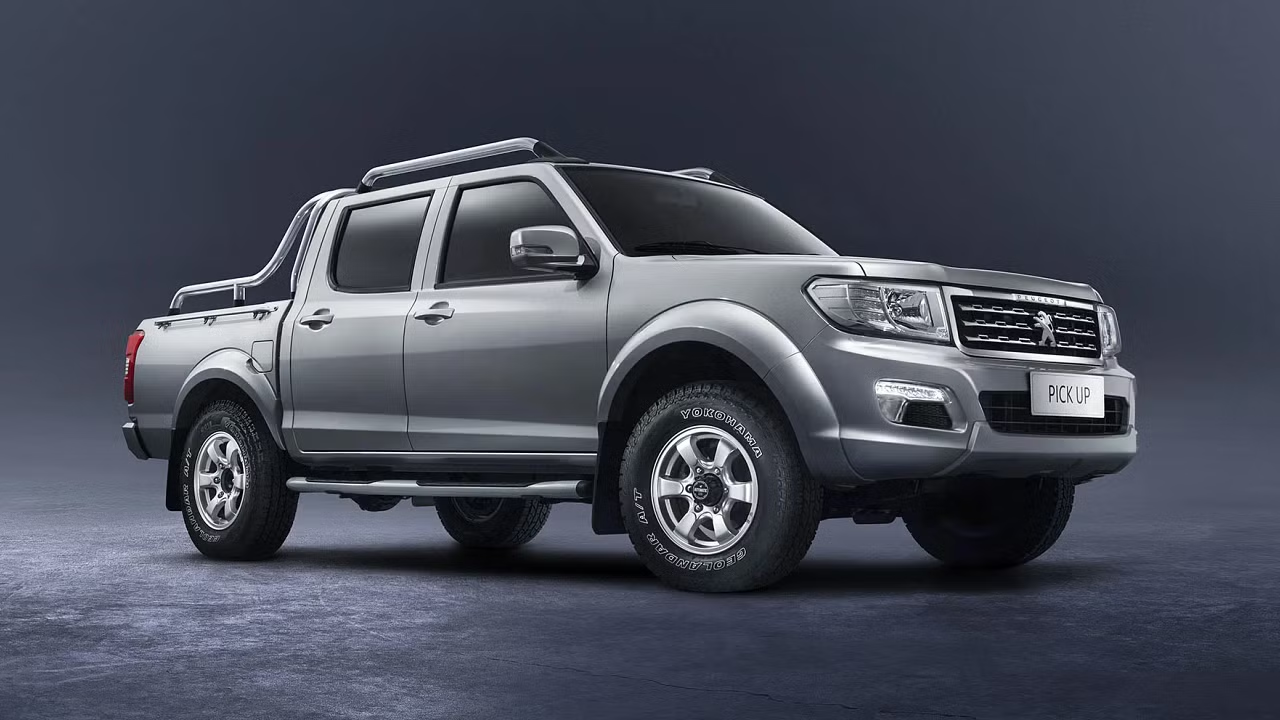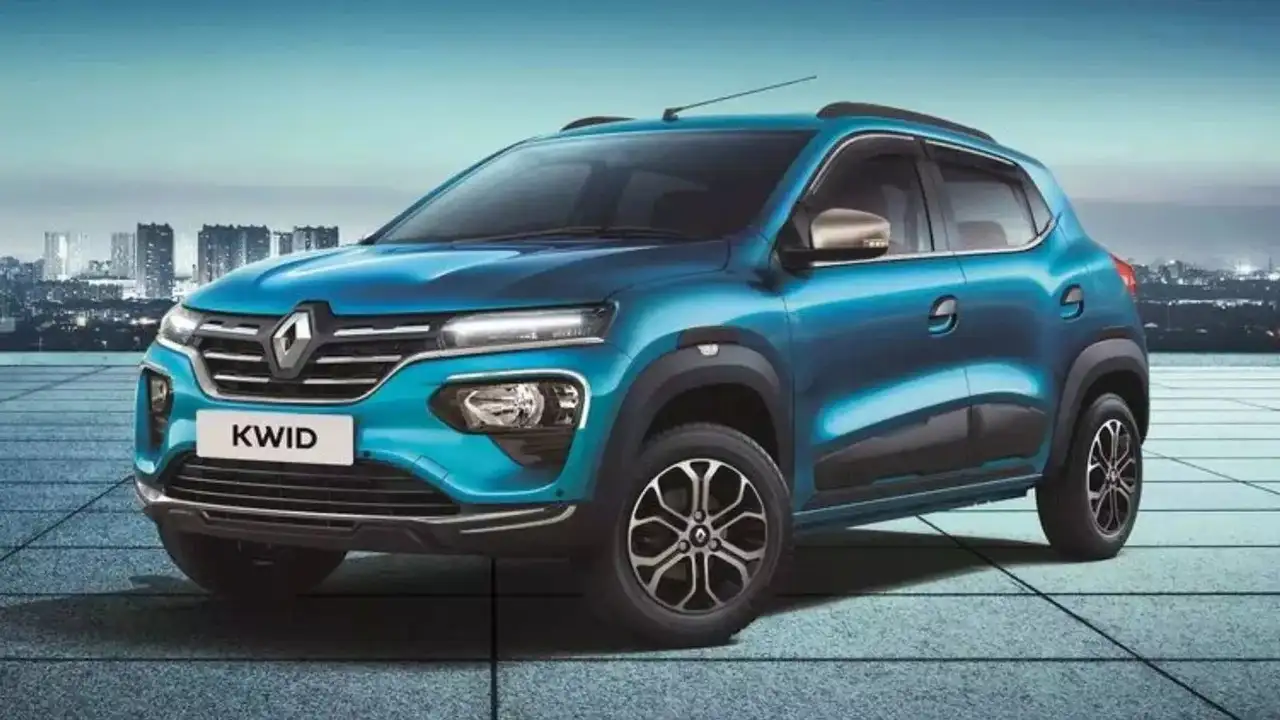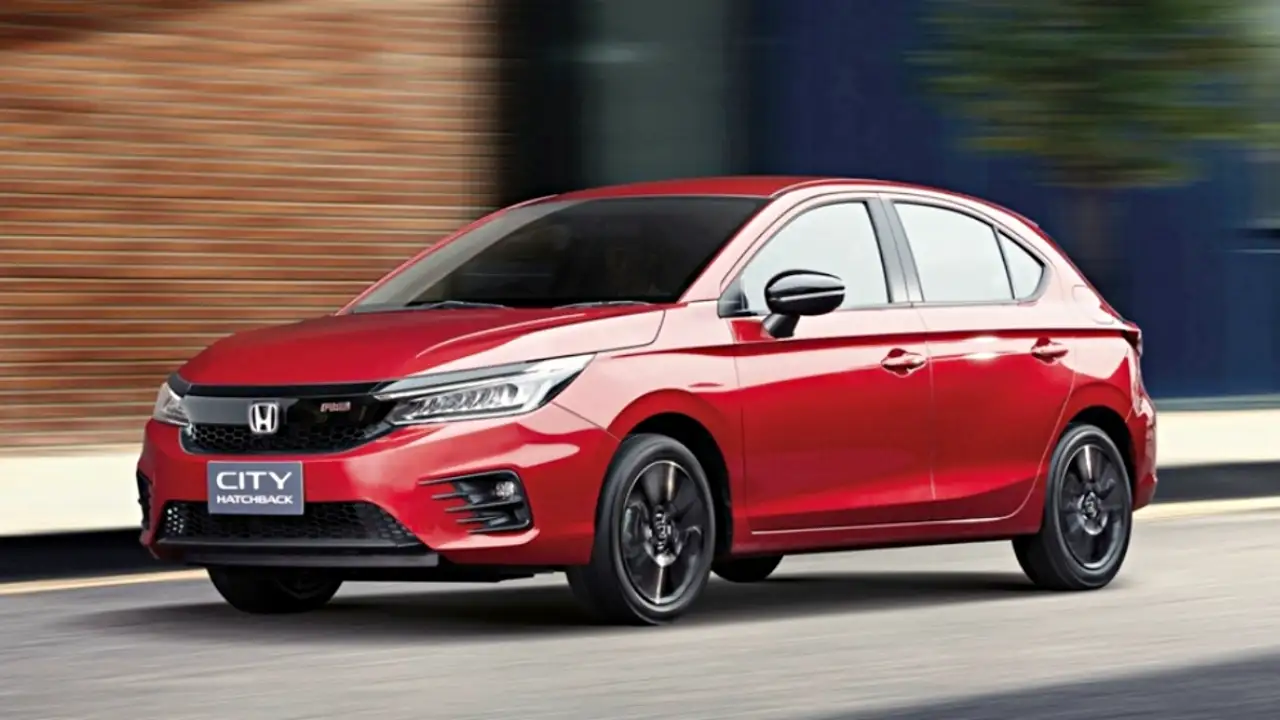Dongfeng Motor Corporation, one of China’s largest automobile manufacturers, is facing a significant decline in sales across Southeast Asia. Once seen as a rising force in the regional automotive market, Dongfeng has struggled to maintain its foothold in this competitive and diverse market. Despite its large presence in China, the company has found it increasingly difficult to capture the attention of Southeast Asian consumers, leading to a drop in its market share and a reassessment of its regional strategy.
Southeast Asia: A Growing but Competitive Market
Southeast Asia is home to a growing automotive market, with increasing urbanization, rising incomes, and a burgeoning middle class. As a result, many automakers from across the world have shifted their focus to this region, seeing it as a key area for expansion. Dongfeng, recognizing the potential, began its push into Southeast Asia several years ago, aiming to capture a portion of this rapidly expanding market.
The region’s diverse countries and preferences have created a competitive environment for automakers. Local brands, as well as well-established foreign players, dominate the market. Companies such as Toyota, Honda, and Nissan already have strong brand loyalty, advanced technology, and established networks. The challenge for Dongfeng has been to differentiate itself in a crowded market where consumers have plenty of choices.

Challenges Facing Dongfeng in Southeast Asia
Despite the growth of the automotive market in Southeast Asia, Dongfeng’s vehicles have failed to resonate with the region’s consumers. Several factors have contributed to the decline in Dongfeng’s sales, making it harder for the company to sustain its market position.
1. Inadequate Localization Strategy:
One of the most significant challenges Dongfeng has faced in Southeast Asia is its failure to properly localize its products to meet the specific preferences and needs of regional consumers. The automotive landscape in Southeast Asia is diverse, with each country having its own set of preferences when it comes to vehicle types, features, and performance.
Dongfeng’s vehicles, although reliable, have struggled to match the design preferences, driving conditions, and technological expectations of consumers in Southeast Asia. The company’s offerings tend to be less refined than those from its competitors, with a focus on affordability rather than high-end features or a luxury appeal. As a result, its cars fail to excite buyers who increasingly expect modern technology, advanced safety features, and fuel-efficient vehicles.
2. Limited Brand Recognition:
While Dongfeng is a recognized name in China, it lacks significant brand recognition in Southeast Asia. This has been a major barrier for the company in gaining market share. Consumers in the region often gravitate toward brands they trust or those with a proven track record. Established names like Toyota and Honda have not only built trust over decades but also have strong dealer networks, offering after-sales support and easy access to parts and services. Dongfeng, in contrast, has struggled to create the same level of confidence, and the lack of an extensive service network has made potential buyers hesitant.
3. Strong Competition from Local and Global Brands:
Southeast Asia is home to a number of well-established automotive brands, both local and international, creating fierce competition for Dongfeng. Japanese automakers, in particular, dominate the market, with brands like Toyota, Honda, and Nissan offering vehicles that are tailored to the needs of the region’s consumers. These companies have deep-rooted connections with Southeast Asian markets and have established themselves as reliable and affordable choices.
In addition to Japanese brands, local automakers such as Proton and Perodua have a strong presence in the region, particularly in Malaysia. These companies benefit from lower production costs and a better understanding of local consumer preferences, which have allowed them to maintain a loyal customer base. Dongfeng, by comparison, lacks the same level of market penetration and brand recognition, making it harder to attract and retain customers.
4. Economic and Political Factors:
Economic fluctuations and political instability in certain Southeast Asian countries also contribute to the challenges faced by Dongfeng. The automotive market is highly sensitive to changes in consumer spending power, which can be affected by factors such as economic downturns, inflation, and changes in government policies.
In countries like Thailand, Indonesia, and the Philippines, where economic growth has been uneven, consumers tend to be more cautious with their spending, opting for more affordable and established brands. Additionally, regulatory policies and import tariffs can complicate the entry of foreign automakers like Dongfeng into the market, further limiting their ability to compete effectively.
5. Lack of Focus on Electric Vehicles (EVs):
As the global automotive industry shifts towards electrification, Dongfeng has lagged behind many competitors in introducing electric vehicles (EVs) tailored for the Southeast Asian market. While global automotive giants and even local players in the region are making significant strides in developing EVs, Dongfeng has yet to make a substantial impact in this rapidly growing segment.
Southeast Asia is increasingly focused on sustainability and reducing carbon emissions, and governments in several countries are offering incentives for the adoption of electric vehicles. The lack of EV offerings from Dongfeng puts it at a distinct disadvantage as consumers become more environmentally conscious and eager to explore cleaner alternatives to traditional internal combustion engine vehicles.
What’s Next for Dongfeng in Southeast Asia?
The road ahead for Dongfeng in Southeast Asia appears challenging, but it is not without hope. To regain momentum, Dongfeng must rethink its approach to the region. A more aggressive and localized strategy could help the brand gain the recognition it needs to thrive. This would involve focusing on vehicles that better align with the needs of Southeast Asian consumers, offering competitive pricing, and enhancing its service network.
Expanding its portfolio to include electric and hybrid vehicles could also help Dongfeng tap into the growing demand for eco-friendly transportation. A greater focus on fuel efficiency, affordability, and advanced technology would allow the company to better compete with other automakers and win over environmentally-conscious consumers.
Building brand recognition through targeted marketing campaigns and strategic partnerships with local dealers could help Dongfeng foster trust and familiarity with potential buyers. Additionally, improving after-sales support and warranty services will be crucial for retaining customers in this highly competitive market.
Conclusion: Dongfeng’s Road Ahead in Southeast Asia
Dongfeng’s decline in Southeast Asia reflects the broader challenges many automakers face when attempting to expand into a diverse and competitive market. The company’s inability to localize its products, build brand recognition, and keep up with industry trends such as electric mobility has significantly impacted its sales performance. However, with the right strategic changes, Dongfeng could still find a way to recover and make its mark in the region.
To succeed in Southeast Asia, Dongfeng must embrace innovation, focus on consumer needs, and strengthen its brand presence. Whether the company can navigate these challenges and turn its fortunes around remains to be seen, but the future is not without potential if it adapts to the changing automotive landscape.






